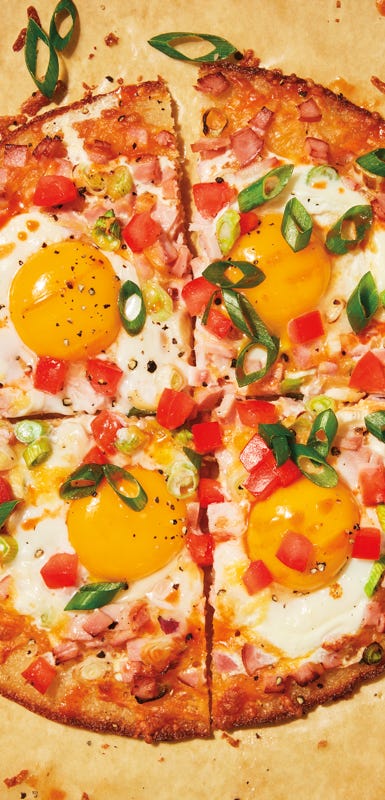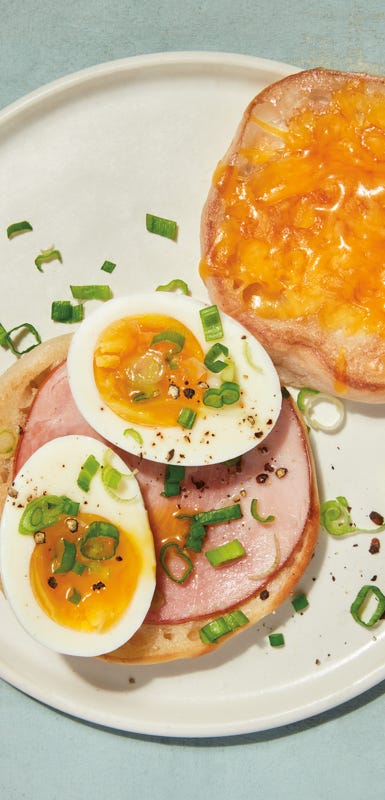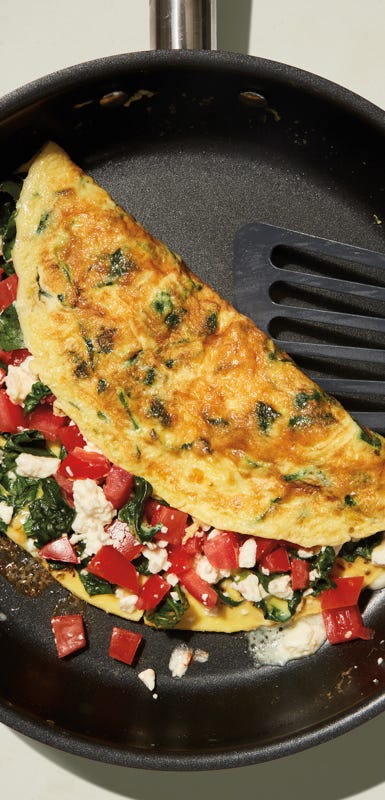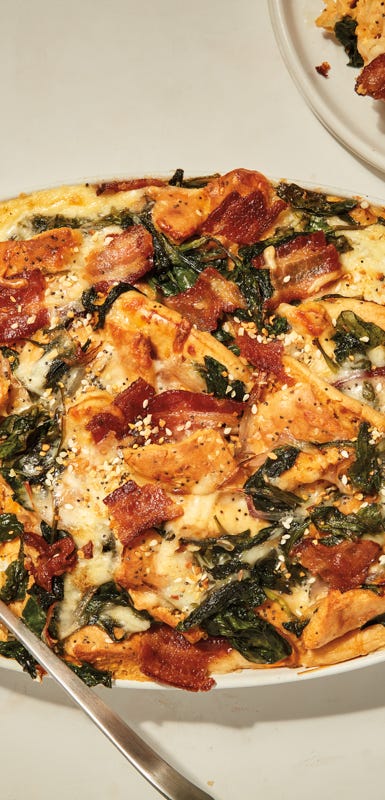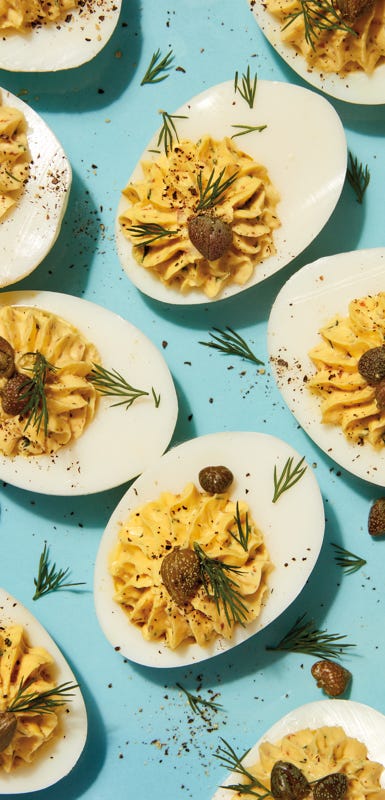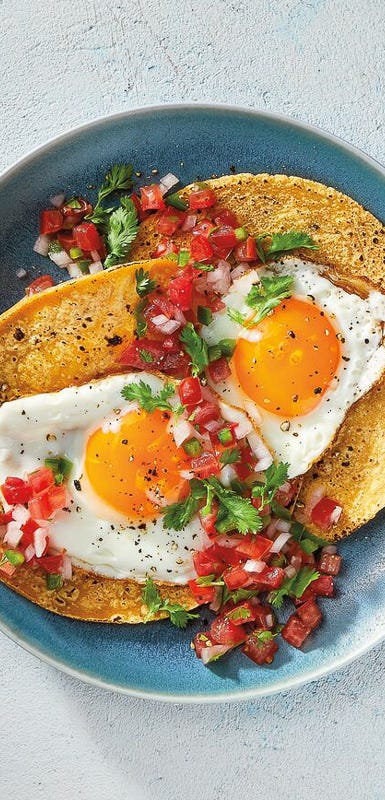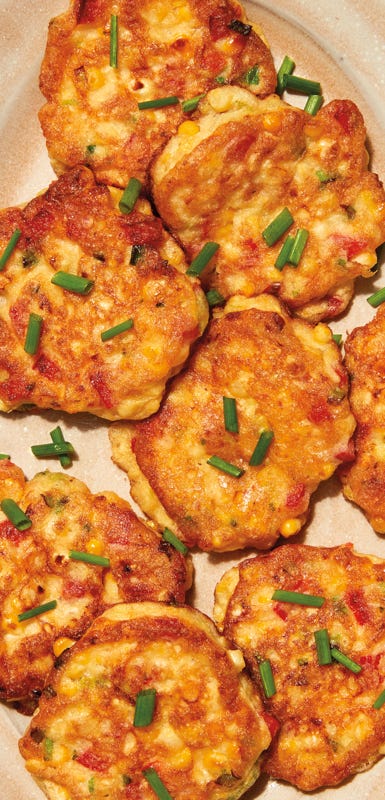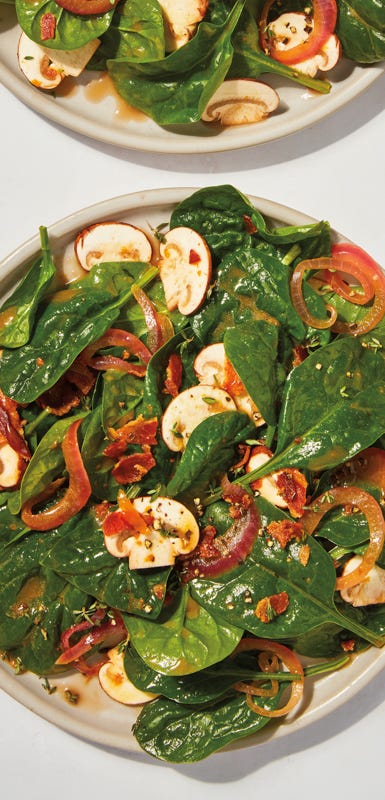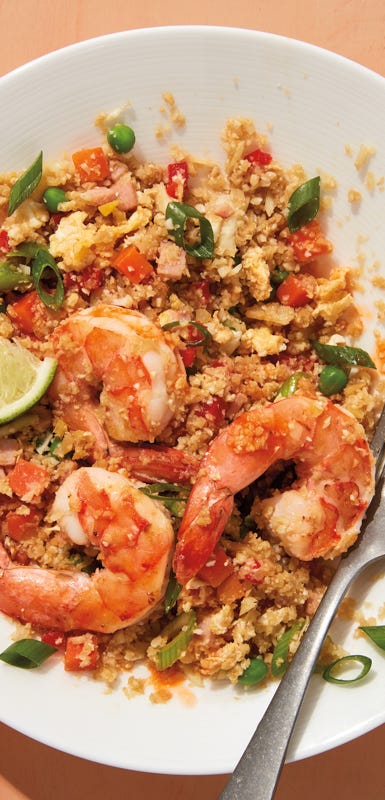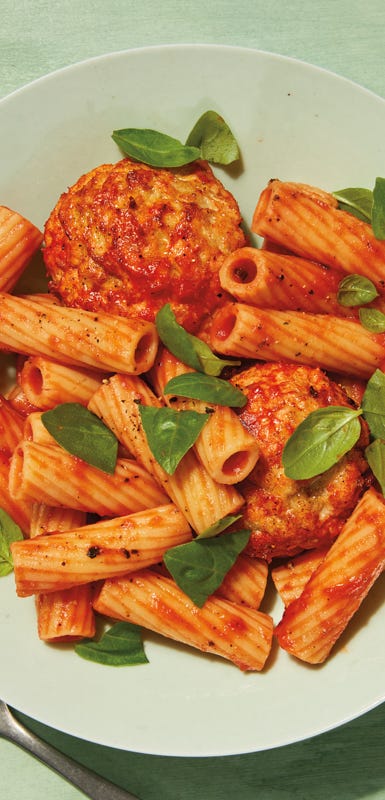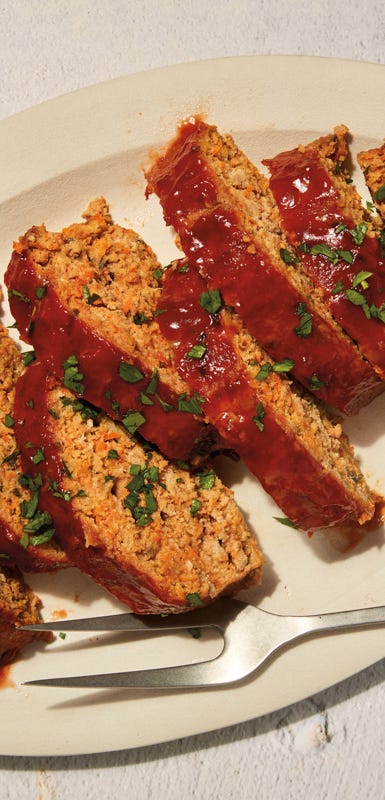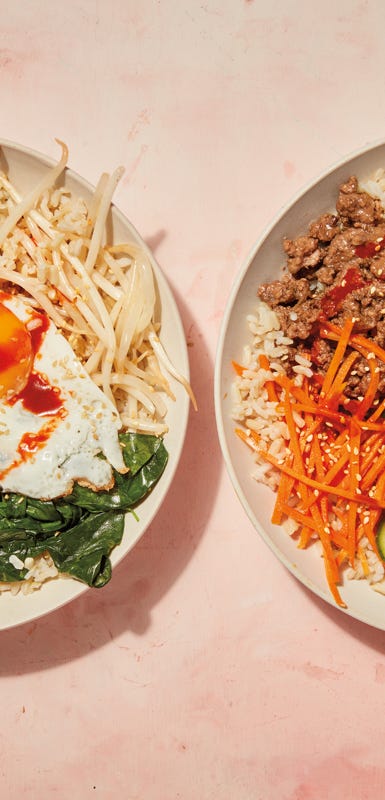Kitchen tricks and recipes every egg lover should know
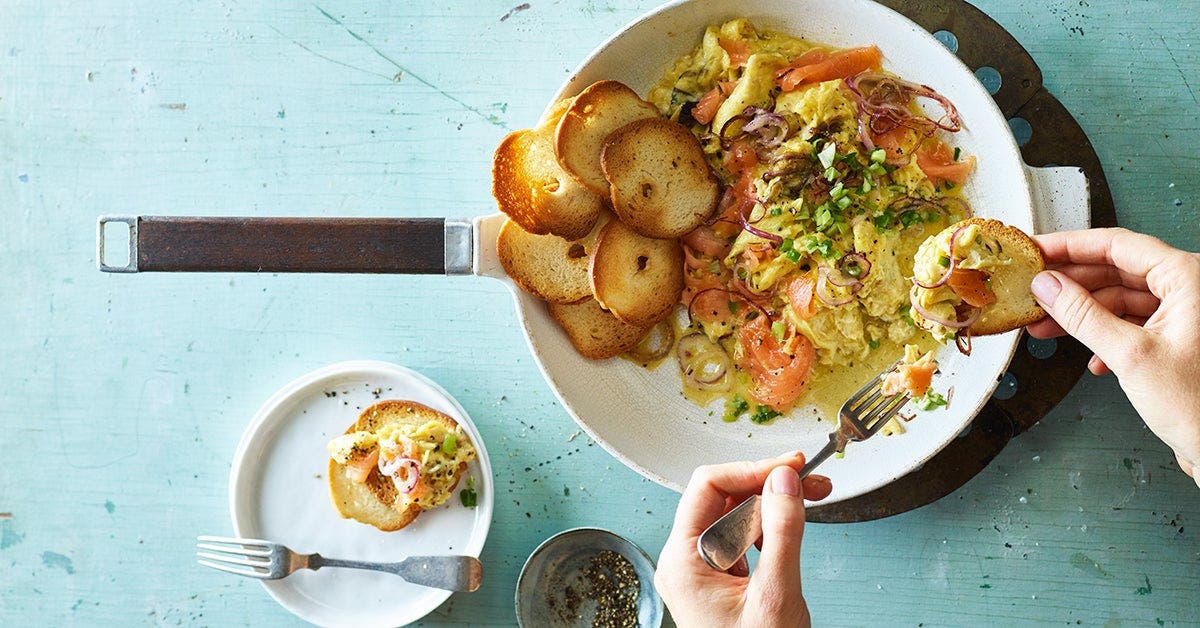
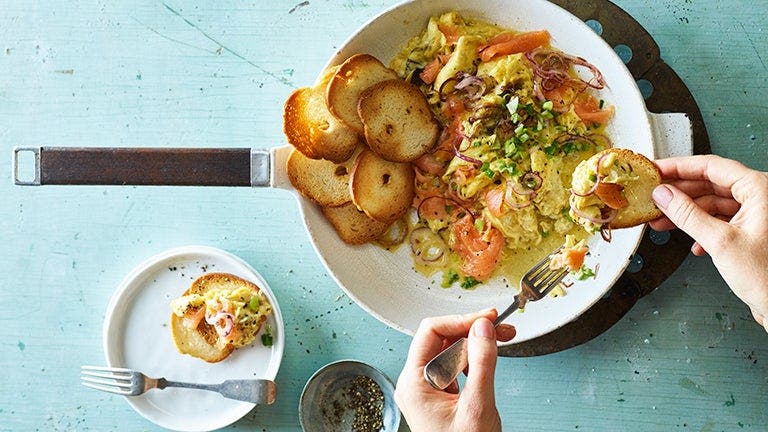
Here at WeightWatchers®, eggs are pretty much always among the top-tracked foods. In April 2020 alone, members tracked this kitchen staple more than 5.1 million times. That was enough to propel eggs to the number one monthly spot, ahead of bananas and chicken breast (which had 3.1 million and 2.1 million tracks, respectively).
It’s easy to understand why we buy eggs by the dozen. They’re budget-friendly, they stay good in the fridge for weeks, they’re an excellent source of complete protein, they cook up in minutes, and, oh yeah, they're a ZeroPoint® food!
Let’s keep the goodness going, shall we? From batch cooking to poaching and peeling, we’ve rounded up some of our cleverest cooking tips and Points®-friendly recipes to keep these yolky wonders near the top of your favorite foods list.
Tips and tricks for using eggs
Cook multiple omelets at once
Making omelets for your entire family? Forget the skillet; a more expansive cooking surface will keep you from having to work the stove like a short-order cook. A 9-by-13-inch rimmed sheet pan is your secret weapon when feeding a household.
Here's an adaptable omelet recipe that serves four or five: Preheat oven to 375°F and lightly coat the sheet pan with nonstick cooking spray. Whisk together 10 eggs, about 1 cup of milk, and a few good pinches of salt and black pepper. Carefully pour the mixture onto your prepared sheet pan and sprinkle with whatever raw, chopped veggies you like. Bake for 25 to 30 minutes, or until set. Remove from oven and top with thinly sliced scallion greens and shredded cheese of your choice. Cut into squares and serve to everyone, yourself included!
Pull off a perfectly fluffy scramble
Whisking does more than mix egg yolks and whites; it also incorporates air to build volume. So, when prepping a scramble, whisk well to combine, then keep up the action for at least another minute or two. (Not a bad bicep workout!) When it comes time to cook, use this timing method: As you stir the eggs in a hot skillet, keep a close eye on their texture and remove from heat when they still look a bit underdone. Transfer to a plate. The eggs will finish firming as they rest—and be at the perfect non-rubbery texture by the time you take your first bite.
Amp your plant intake with minimal prep
Some days, you want a plant-based boost with your breakfast but don’t feel like slicing and dicing to make a veggie omelet or frittata. The lazy/ingenious fix: Cook your eggs sunny side up in halves of bell pepper, acorn squash, or avocado—these plants are basically just baking vessels you can eat. Bonus: They’ll serve as a heat buffer to keep your eggs from burning on the bottom. Like we said, lazy/ingenious.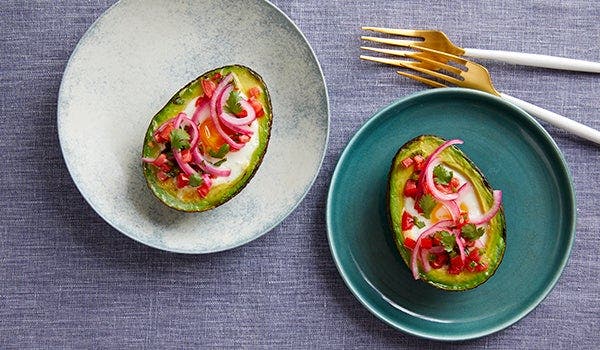
Optimize eggs for hard boiling
The best advice we can offer here? Wait. Time is your friend. If you plop newly bought eggs into boiling water when they’re still super fresh, you’re likely to get stuck with tough-to-peel shells (yes, even if you follow the wise advice to plunge eggs into an ice-water bath after cooking). Instead, stash uncooked eggs in the back of your fridge and ignore them for a solid week. This allows for the occurrence of natural pH changes that make eggs less “clingy”—and their boiled shells easier to peel. Does waiting require patience? Yes. But not as much as you’d need to pry tiny shards off an increasingly mangled food. And if you want an even simpler way to cook them once it's time, consider an egg cooker. The gadget cooks multiple eggs at once and then turns off by itself—all you need to do is plug it in!
Store hard-boiled eggs for quick snacks
OK, so you patiently waited a week and finally have hard-boiled your not-too-fresh eggs. Perfect. Now comes the fun part: using those eggs to make delicious little snacks for yourself. Unpeeled hard-boiled eggs keep in the fridge for up to 7 days and are super tasty in single-serve, protein-rich bites such as egg-and-cuke rounds, deviled eggs for one, and avocado-and-egg crisp.
Prep breakfast once and eat for days
One of eggs’ most wonderful qualities is how well they reheat, making them MVPs for advance cooking. Two great recipes to consider for multiple mornings of deliciousness: easy, cheesy egg muffin cups, a fabulous catchall for whatever random veggies and herbs you have on hand. To make cooking even easier, use the WW by Dash Egg Bite Maker, which makes four perfectly-prepared egg bites in minutes! Store extra egg cups in a covered container in the fridge for up to four days, or wrap individually and stash in the freezer for up to three months. Zap in the microwave to reheat. Another make-ahead option is a batch of these cumin-and-cayenne-spiked scrambled breakfast burritos. Follow the recipe as written, allow leftover burritos to cool, and refrigerate for up to four days (or freeze up to three months). Warm through in a toaster oven when you’re ready to enjoy.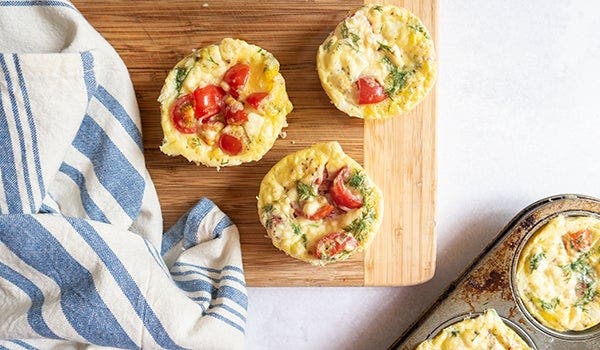
Make pancakes minus flour
If you have just one egg on hand, you’re halfway to fulfilling your flapjack dreams. The only other ingredient you really need? A small, ripe banana. To make custardy, crepe-like pancakes: Beat one egg in a small bowl; add that banana and mash well to combine with the egg. Add a pinch of baking powder for fluffiness, if you like. To a lightly greased skillet over medium heat, add batter in 2-tablespoon dollops and cook as you would traditional pancakes, flipping with a thin spatula. For an elevated take, try this version with fresh blueberries and baking spices. And if you prefer a more hands-off approach? A mini egg bite maker can make flourless berry pancakes for you.
Poach eggs for future use
Poached eggs have an undeserved reputation for being fragile and fussy. The truth is, you can batch-cook these suckers and store them for days. Whether you hope to eventually enjoy their warm, gooey goodness over baked potatoes, roasted asparagus, or refried beans with pico de gallo, all you have to do is follow the easy poaching instructions in any of those recipes, poach as many eggs as you’ll need, and refrigerate for up three days in a covered container of water. To reheat, simply place in a bowl of hot tap water for two minutes, drain on a paper towel, then enjoy.
Make gluten-free finger sandwiches
When most of us hear the phrase “egg sandwiches,” we imagine eggs as the filling. Here’s a mind-bending notion: Eggs can be the “bread,” too. Hard-boiled halves make perfect, protein-rich bookends for these baby BLTs. Or, try stacking the in-between space with a satisfying combo of sliced tomato, cream cheese, and smoked salmon. No toast necessary, we tell ya.
Separate eggs without stressing
Detaching yolks from whites is a high-stakes endeavor: One false move and the whole system collapses. If you find yourself regularly frustrated by punctured yolks, consider trying the water bottle trick: First, crack your needed number of eggs into a shallow bowl. Then, gently squeeze a clean, empty, 16-oz plastic water bottle and position the opening over a yolk. Release your grip. This causes the yolk to be sucked apart from the white, right into the bottle. (It’s weirdly fun!) Squeeze again to gently deposit the yolk in a separate bowl. Repeat until finished. Four successful separations will get you these incredible cheese-and-herb cloud eggs.
This article was reviewed for accuracy in July 2021 by Stephanie L. Fitzpatrick, PhD, senior manager for multicultural programs at WW. The WW Science Team is a dedicated group of experts who ensure all our solutions are rooted in the best possible research.

